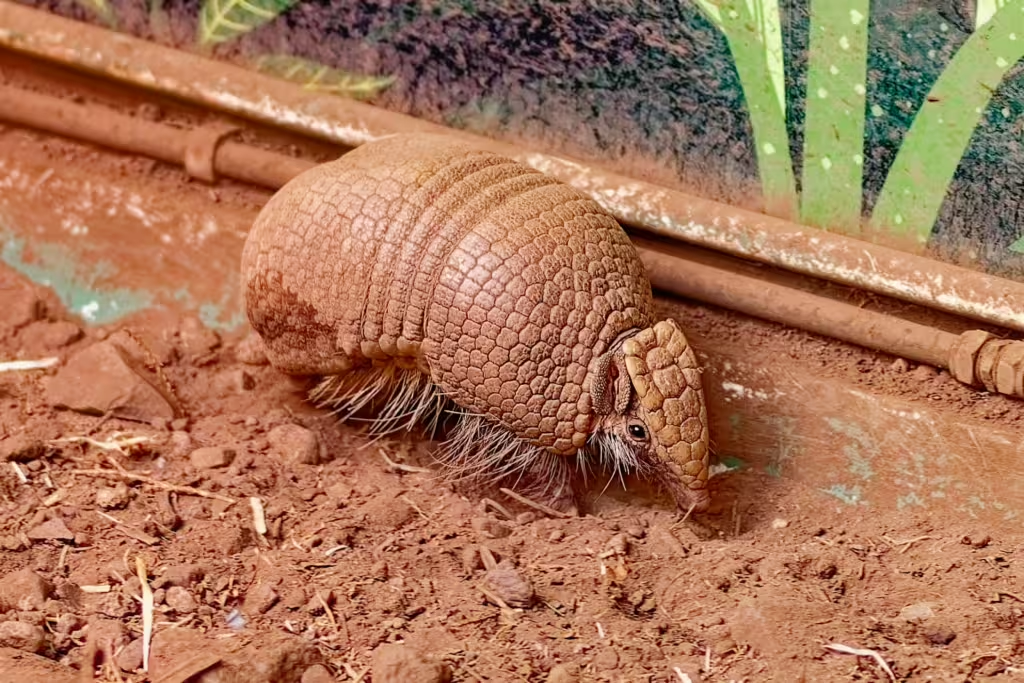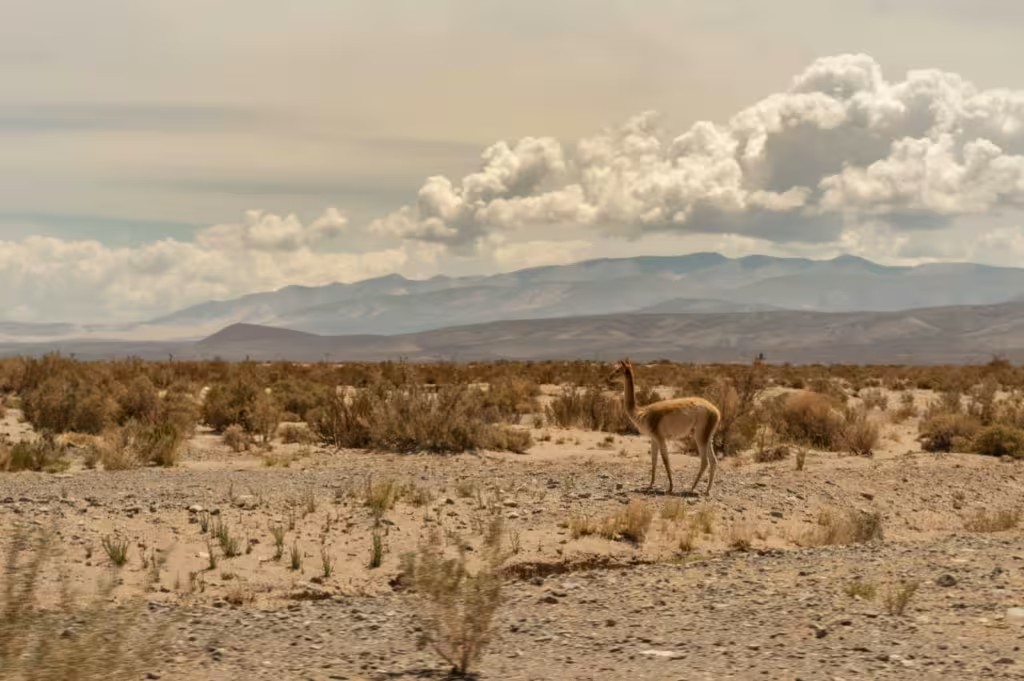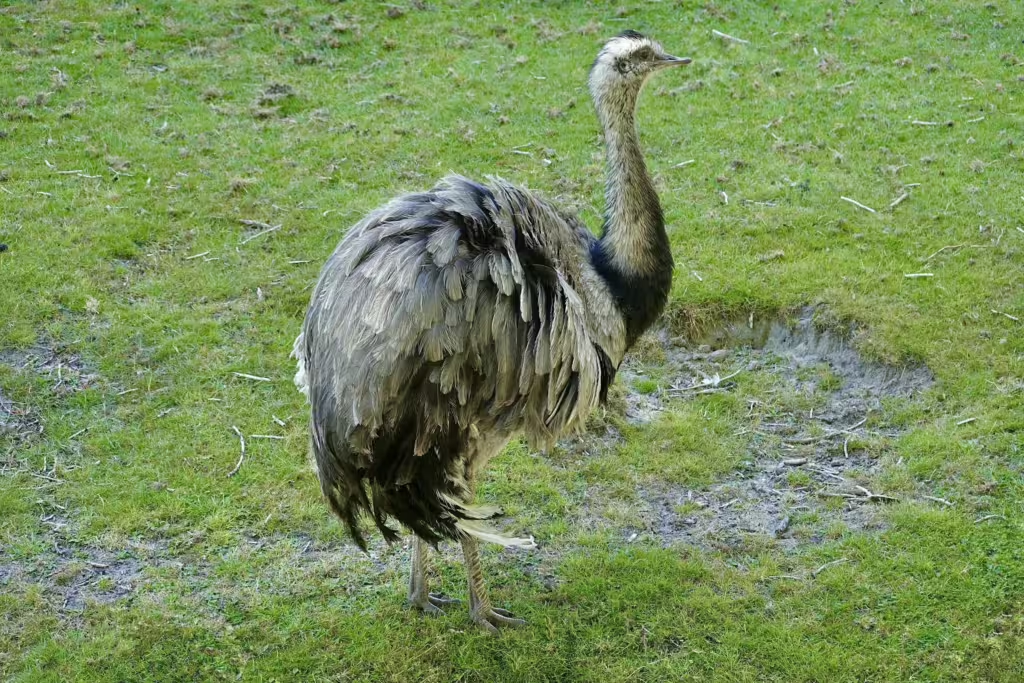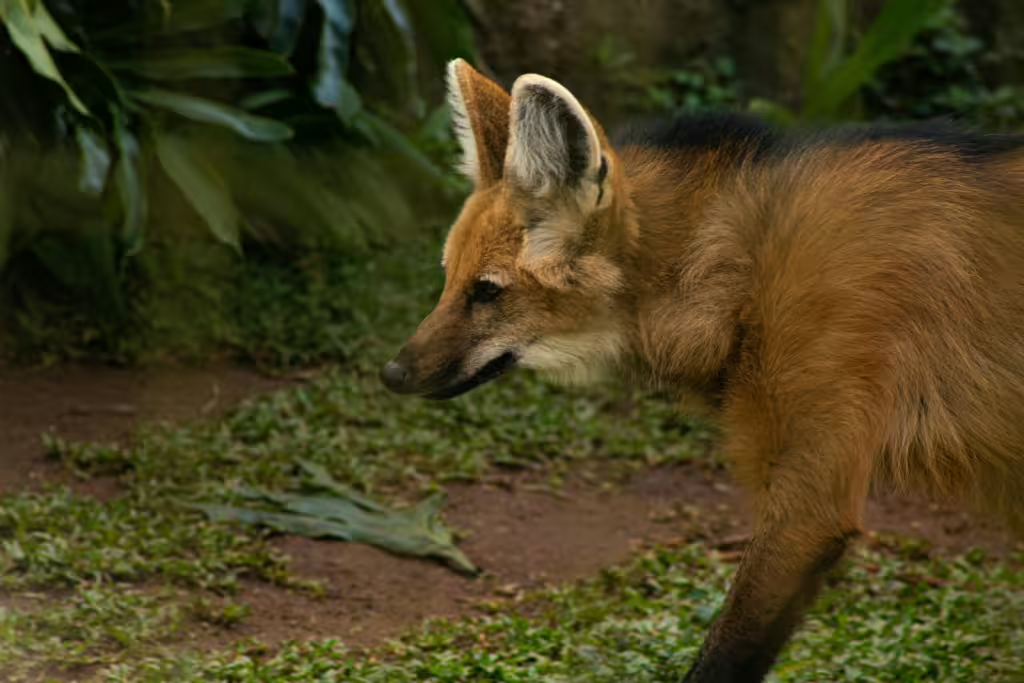Our last sojourn to wild lands took us to the teeming swamps of the Everglades, where life and biodiversity are at odds with invasive species and the innate, destructive nature of nearby human settlements. Today, our World Tour takes us farther south, to the vast open plains of the South American Pampas.
When people think about the South American continent, they imagine lush rainforests and meandering rivers as far as they eye can see. On the other end of things, they might conjure images of massive mountain ranges that run near the length of the continent. What we don’t utually thing of is a wife expanse of grassland, rippling like waves beneath an endless sky. And yet, the Pampas are one of the most fertile and fascinating ecosystems on the planet.
The Pampas, whose name comes from the word “plain” in the Quechua language, covers much of Argentina and extends into Uruguay and southern Brazil. The boundless horizons of windswept grasses that make up the bulk of its surface, hide fabulously fertile soils that feed the herds, predators, and gauchos that call this region their home. In short, the Pampas teem with specially adapted lifeforms that have evolved unique ways to thrive in a habitat that is continually shaped by wind, fire, and the shifting seasons.
In this article, we will sweep across the rolling fields to explore the Pampas. We will discuss its animals, plants, human inhabitants, and the seasonal rhythms it experiences that affect all of the above. By the time we are done, perhaps you too will learn why these overlooked grasslands are considered one of world’s most important ecosystems.

The Vast Plains of the Pampas
Though not as popular as the Amazon Basin or the African Serengeti, the Pampas is no less impressive or expansive. This massive grassland spans roughly 466,000 square miles of the continent. It spans Argentina, Uruguay, and southern Brazil, though it is not as flat as it would appear from the descriptions. Subtle undulations within the landscape itself create an array of wetlands, plains, and scattered hills known as sierras. The climate tends toward the temperate. There are hot summers and cool winters in the Pampas, rainfall varies across the region, and ever-present winds sweep across the grasslands.
Pampas Wildlife
Despite being dominated by grass, with only a few trees here and there, Pampas are teeming with life of all sorts. First up are the iconic main herbivores of the plains.
Guanacos and Viscachas
- Guanacos: Not quite llamas themselves, guanacos are close enough to be confused from time to time. These nimble grazers once roamed the Pampas in large herds, running up to speeds of 35 miles per hour at a clip. Unfortunately, invasive grazers and human interference has reduced their numbers.
- Pampas Deer: This spotted species of South American deer once numbered in the millions in the Pampas, but time and humanity have seen the vast majority of them driven to an early grave. Only a few scattered populations of these poor beasts remain in the wild today.
- Viscachas: Rabbit-like rodents who burrow in large, complex tunnels beneath the plains, viscachas are consummate escape artists of stealth. These creatures only emerge at dusk to feed on grasses and roots, but will flee to their burrows if they encounter a predator.
- Armadillos: Several species of armadillo call the Pampas home, including the large hairy armadillo and the popular pink fairy armadillo. These animals have armored shells and dig for insects for food. They are also good at burrowing, like viscachas, and the holes they make help aerate the soil.
The Maned Wolf: A Loner of the Plains
The main predators of Pampas are the maned wolf, a creature possess of extra long legs (for a wolf) and rather fox-like features and coloration. Despite its name and its looks, the maned wolf is actually neither wolf nor fox, but a distinct canid species all its own. Those iconic long limbs it possesses allows it to see above tall grasses in search of prey. The maned wolf is also omnivorous, meaning it eats fruit when its preferred prey of small mammals and birds are in short supply.

Birds of the Pampas
The open skies are filled with birdlife of the Pampas, but so is the ground! The Pampas are home to one of the only large, flightless birds on the planet, the rhea. These ostrich-like birds can sprint across the plains at incredible speeds. Above them, noisy southern lapwings cry out at those who might invade their territory. These calls draw the attention of caracaras and hawks, apex raptors that patrol the skies. Meanwhile, burrowing owls take refuge in abandoned viscacha or armadillo burrows.
Amphibians and Reptiles
Finally, frogs, toads, and small lizards can be found all around the Pampas. The former of these tend to thrive best near the temporary ponds and wetlands that appear after it rains. Poisonous snakes such as the pit viper yarará play a vital role in controlling rodent populations.
Pampas Plants
Though grasses are the main attraction when it comes to Pampas flora, the region’s plant life is actually surprisingly varied. Differences in soil, moisture, and elevation affect what can grow and dominate in a single area.
Grasses That Define the Plains
The Pampas owe their identity and name to their grasses. Species like tall, edible Paspalum and Stipa, drought-resistant Flechilla and Jarava, and delicious for grazing Panicum and Chloris cover most of the ecosystem. The roots from all those grasses help secure and enrich the soil. Meanwhile, grasses grow quickly enough to help them survive natural or manmade disasters.
Shrubs and Wildflowers
Scattered among the grasses hardy shrubs and colorful wildflowers grow in patches. Verbena and Lupine add splashes of purple and blue to the overwhelming browns of the region, while Cacti and Low Shrubs help provide shelter and water to creatures in need.
Trees in an Open World
Trees are far less populous here, though native species such as the ombú, espinillo (acacia), and ceibo provide shade and perches for pampas birds. They tend to take root on hillsides and near rivers.

The Human Story of the Pampas
The Gaucho Tradition
In many ways, the Pampas have shaped Argentine culture. Gauchos—essentially South America’s versions of North American cowboys—first emerged in this region. These hard-riding men herded cattle across the vast grasslands, providing sustenance for entire nations. Over time, the gauchos became symbols of independence and resilience. More importantly for our purposes, their way of life became irrevocably tied to the land, to the Pampas, themselves.
Agriculture and Its Impact
Why was farming and cattle farming so prevalent in the region? Well, the Pampas’ rich soil has made it one of the world’s most productive agricultural regions in South America. It is so successful in this regard that it is often called the “breadbasket” of Argentina. Wheat, corn, and soybeans now dominate much of the landscape, while millions of cattle graze upon areas where native grasses once grew. And yes, this agricultural productivity sustains the economy quite well, but it has also drastically reduced the region’s natural habitats and even degraded them in places.
Conservation Challenges
Remarkable as it might sound that humans helped to “build the Pampas,” our species remains the biggest culprit in its slow destruction. One prime example of this destructive influence involves the ever-increasing conversion to farmland and urban development in the region. This habitat destruction has fragmented the Pampas, isolating wildlife populations and plowing away necessary flora.
Invasive Species
Invasive species are always tagging along to damage ecosystems. In the Pampas, non-native plants and animals directly compete with endemic species, altering the delicate balance that exists in this highly-specific habitat. European grasses, cattle, and introduced predators have reshaped many areas of the Pampas and not for the better.
Climate Change
At the top of the list, lies climate change; humanity’s single most important contribution towards our own annihilation. Rising temperatures and shifting rainfall patterns already threaten to alter the Pampa’s’ composition and homeostasis. These changes in climate have also seen increased drought frequencies and major alterations in plant growth cycles.
The Role of the Pampas in Global Ecology
Did you know that Earth only has a handful of vital grassland biomes left? The North American prairies and African savannas are two others, but the Pampas is just as important. Ecosystems like these play crucial roles in carbon storage, water regulation, and biodiversity; all of which are needed for the continued proliferation of life.
In the Pampas, deep-rooted grasses aid in carbon sequestration, storing excess carbon in our atmosphere deep underground and helping to mitigate climate change in the bargain. Protecting and restoring these ecosystems enhances their carbon-absorbing capacity.
In addition, every leaf, stem, and blade of grass, every bird, mammal, and insect contributes its small bit to the ecological balance of the region. These living things help sustain the integrity of the ecosystem and keep it alive and well, even in the face of slow annihilation.

True Investigator Says…
As you can see, as simple as the Pampas might seem from above, this sea of greens and browns is actually a complex landscape, humming with life. This region supports plants and animals found nowhere else in South America and the deep-rooted grasses of the region feed a multitude of those creatures, as well as the neighboring humans. But of course, therein lies the rub.
As you are aware, the burgeoning human population in all corners of the world means that agriculture and development continues to expand into wild places. This means that preserving what remains of even these mostly overlooked ecosystems becomes even more important. In many ways, keeping development and habitat destruction in line becomes a moral and ecological imperative. The task is not an easy one, but it is a necessary one. After all, if the Pampas does eventually degrade, the result will be a land that is not fertile enough to support plants, animals, or the humans who might well have done most of the work to degrade it in the first place.
Discover more from TrueInvestigator
Subscribe to get the latest posts sent to your email.


